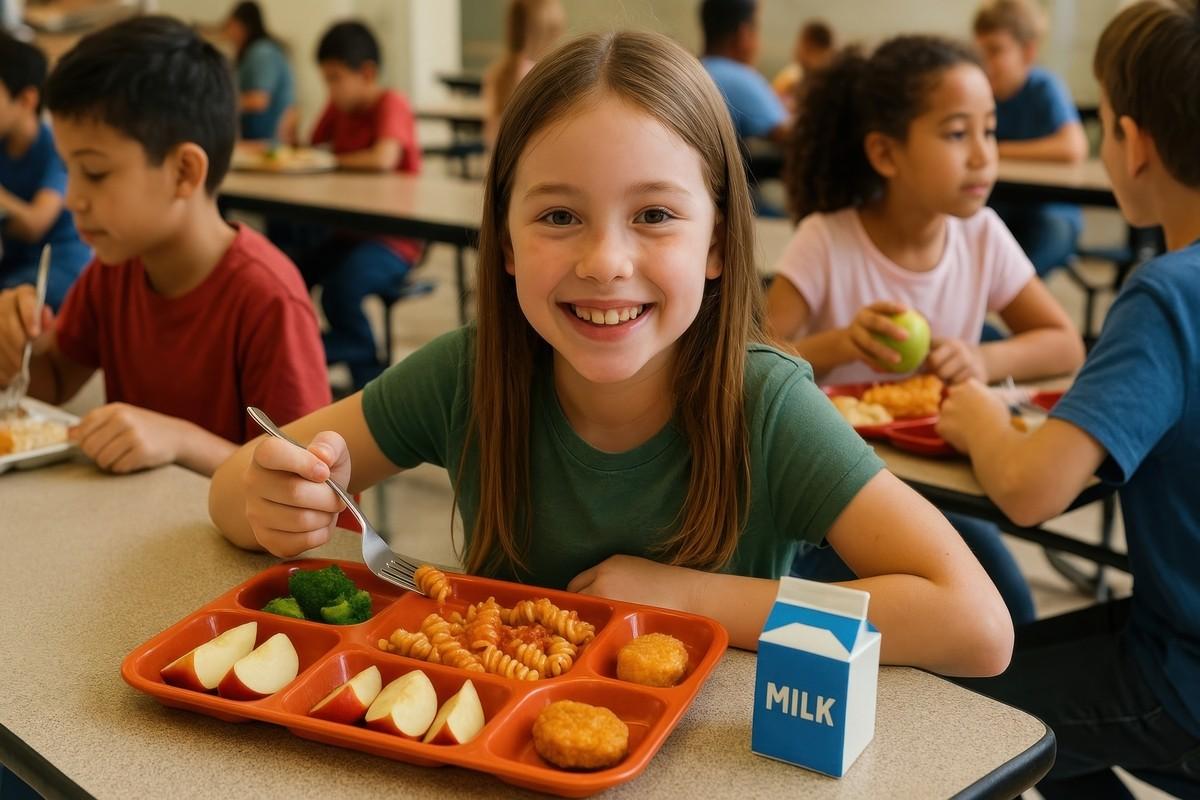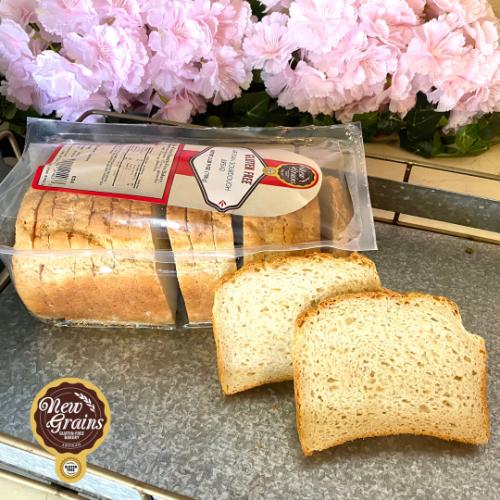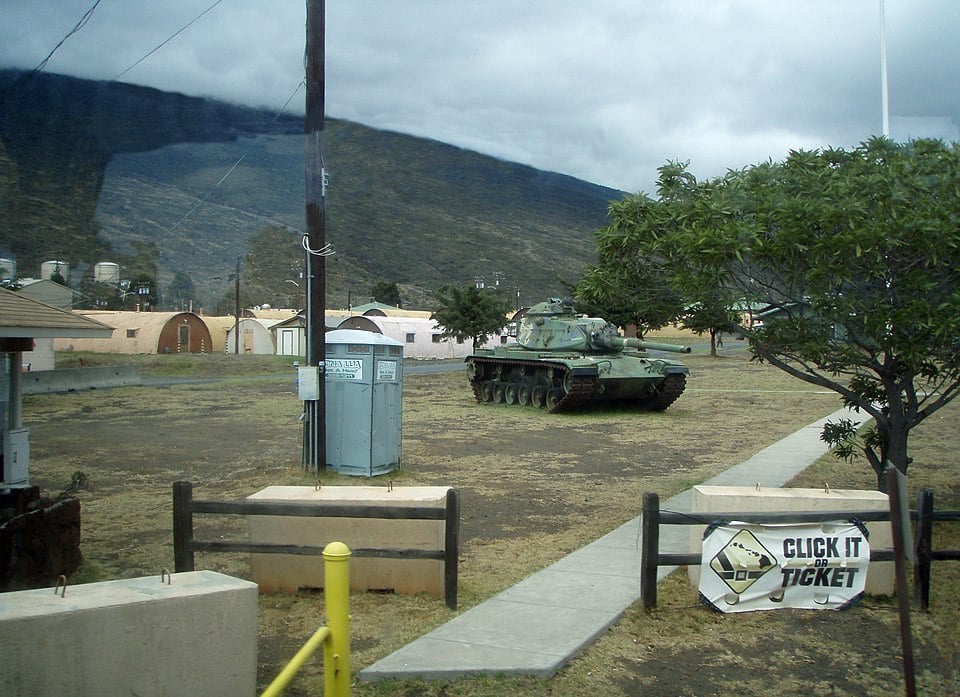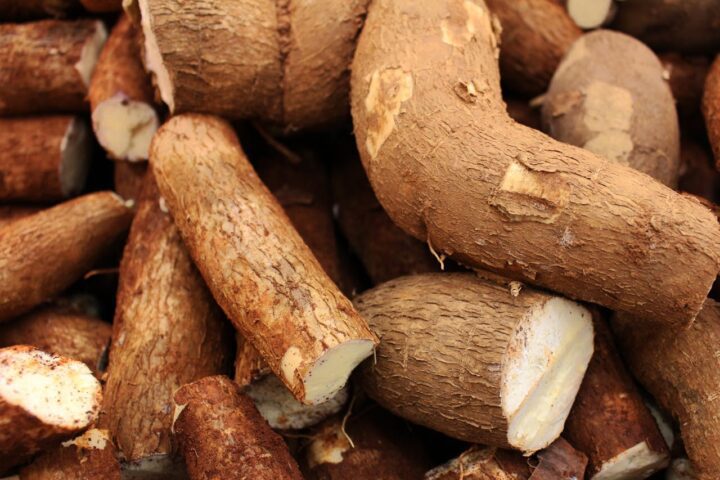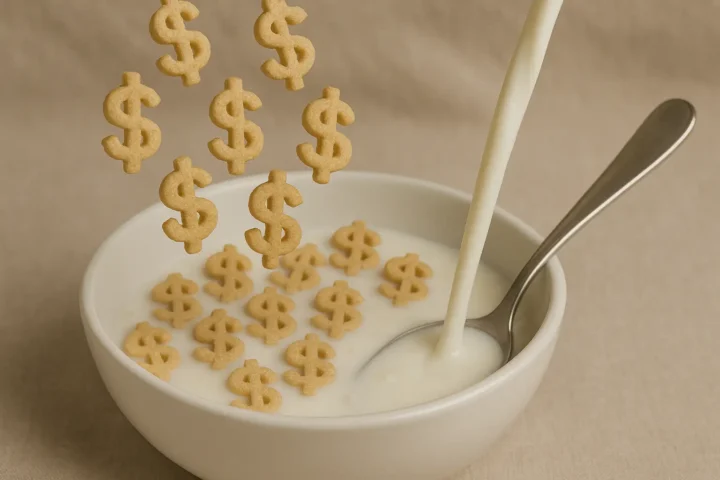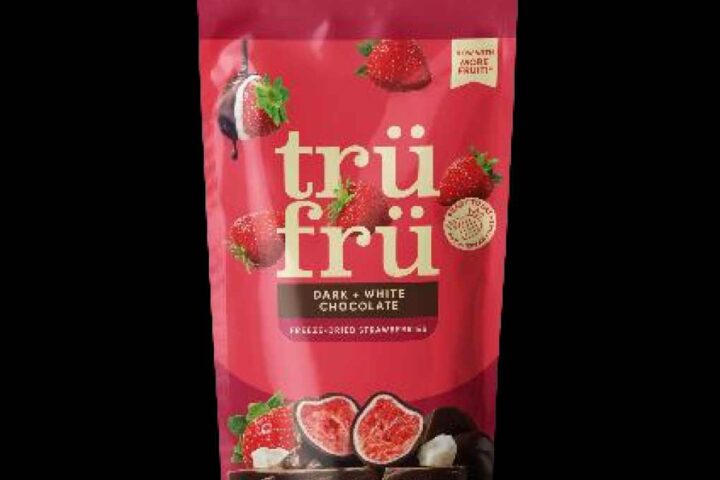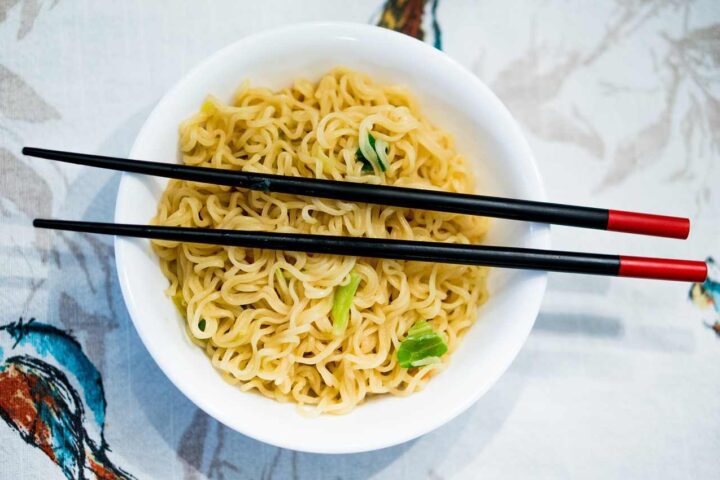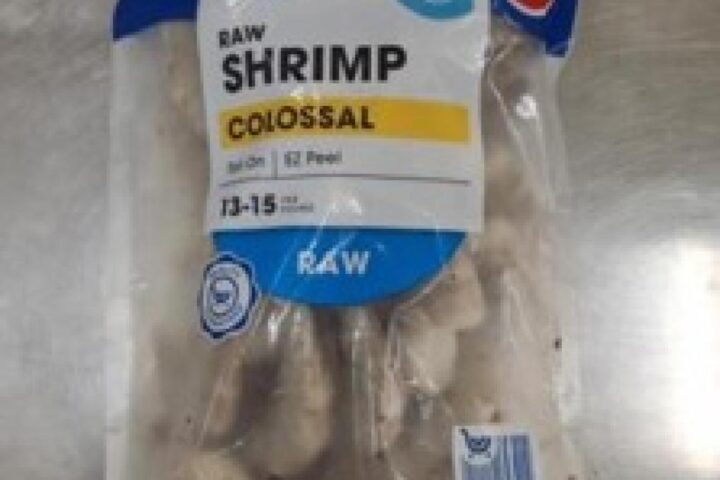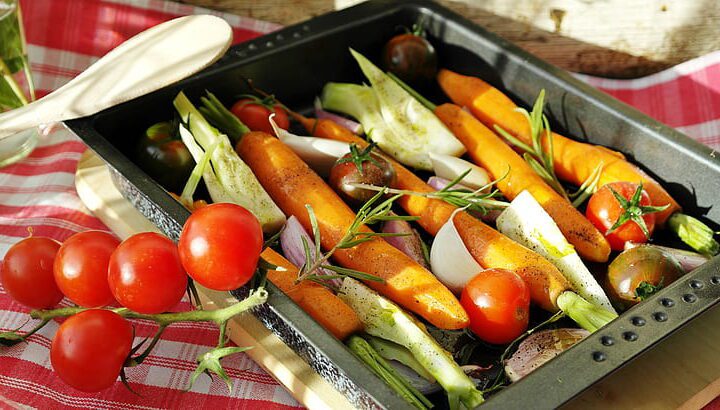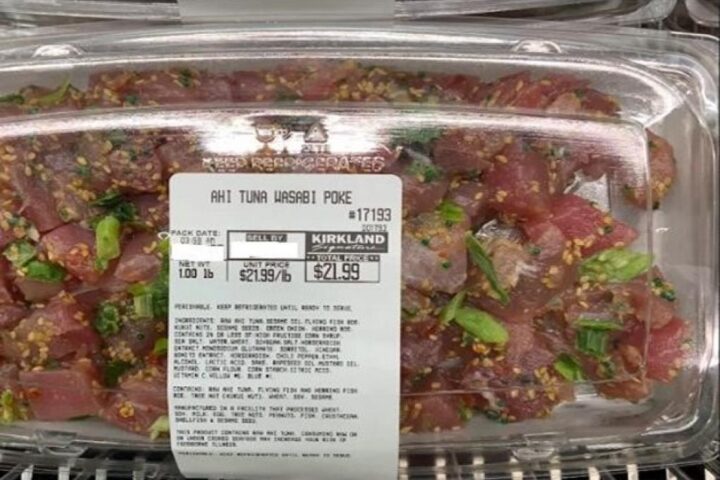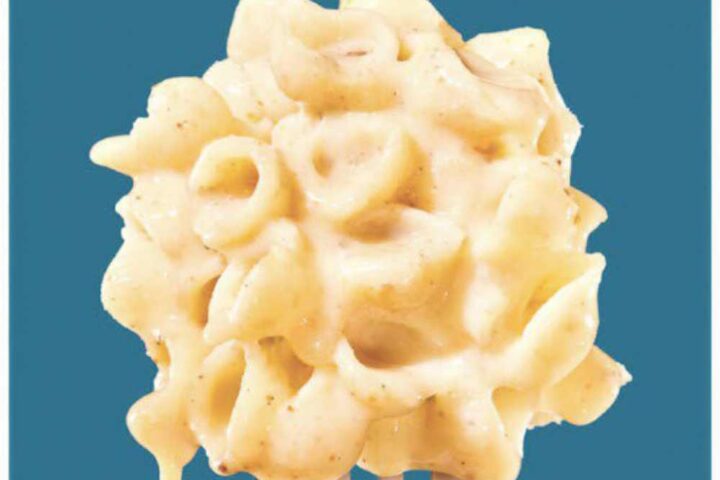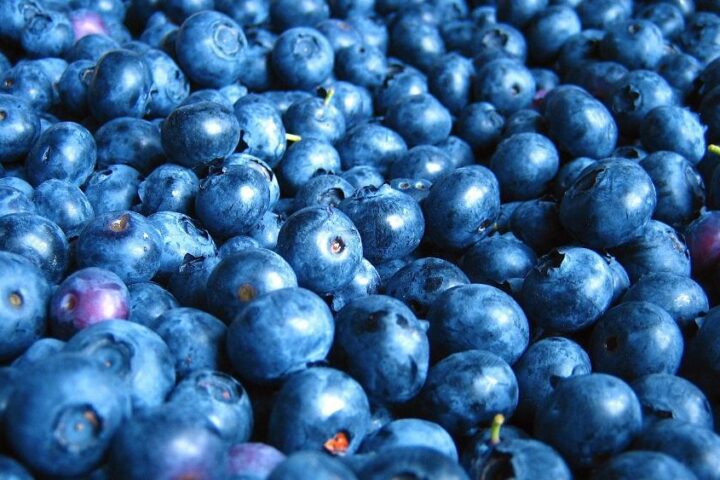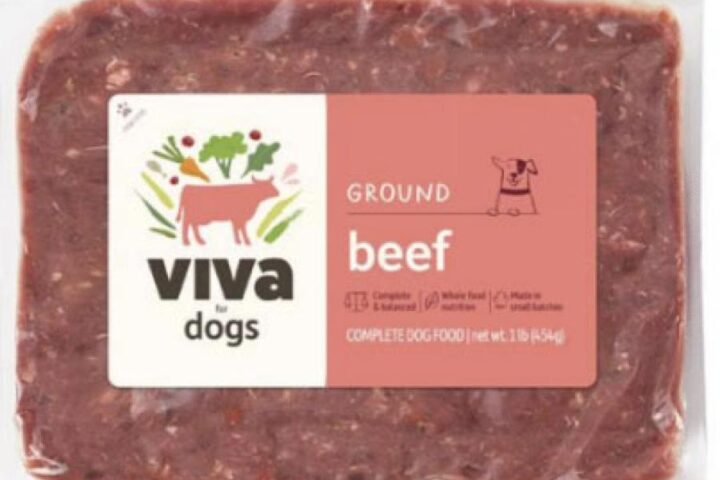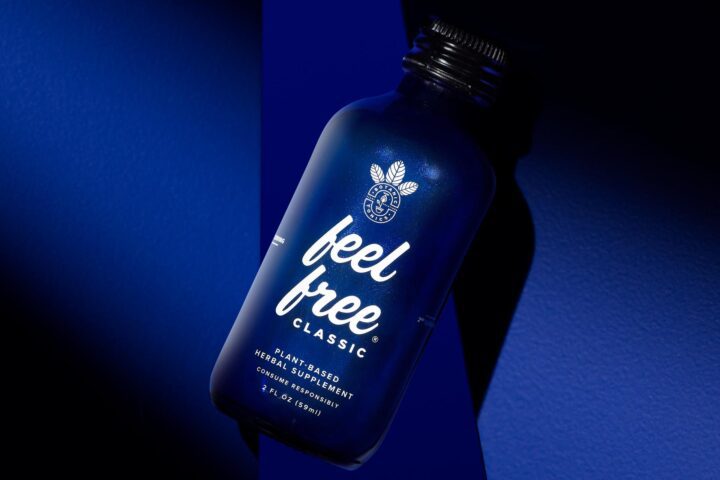When school cafeterias close for summer, millions of children lose their primary source of nutritious meals. SUN Bucks steps into this gap with a straightforward solution: $120 on an EBT-style card for eligible families to buy groceries. Virginia and North Carolina are rolling out the program again in 2025, following nationwide success that fed over 21 million children in 2024.
What Is SUN Bucks?
SUN Bucks, officially known as Summer EBT, operates like SNAP but specifically for school-age children during summer months. Each eligible child receives $120 in grocery benefits loaded onto an EBT card. Unlike traditional summer meal programs that require kids to visit specific sites, SUN Bucks gives families the flexibility to shop at any SNAP-authorized store or farmers market.
The program grew from more than a decade of pilot projects called Summer Electronic Benefits Transfer for Children (SEBTC), which began in 2011. These demonstrations consistently showed redemption rates above 80% and significant reductions in child food insecurity.
Who Gets SUN Bucks?
Children automatically qualify if their households receive:
- SNAP (food stamps)
- TANF (Temporary Assistance for Needy Families)
- FDPIR (Food Distribution Program on Indian Reservations)
- Free or reduced-price school meals
In Virginia, Medicaid recipients also qualify automatically.
Virginia Application Process
Families already receiving SNAP, TANF, FDPIR, or whose children get free school meals don’t need to apply – cards arrive automatically.
Other low-income families can download the Virginia SUN Bucks application form and mail it to: Virginia Department of Social Services 5600 Cox Road Richmond, VA 23235
Applications must be postmarked by August 30, 2025, though those received by September 2 will still be processed. Virginia offers a chatbot and toll-free helpline from July 1 through August 30 for eligibility questions.
North Carolina Application Process
North Carolina expects to serve over one million children in 2025. Eligible families receive a text, email, or mailed invitation with instructions. Those not automatically enrolled can apply online at the NCDHHS SUN Bucks portal by providing:
- Student IDs
- School names
- Household income information
- Details about current benefit programs
Applications close August 31, 2025. Customer service is available at 1-866-719-0141 (option 2).
How It Works
Cards mail out in mid-May, with benefits loading in late May. The $120 expires 122 days after issuance, typically by the end of September. Like SNAP, the cards work at:
- All SNAP-authorized grocery stores
- Farmers markets
- WIC-authorized retailers
The Numbers Behind the Program
The impact is substantial. In 2024, the first year of full implementation, nearly 21 million children benefited from roughly $2.5 billion in grocery benefits. North Carolina alone projects serving over one million children in 2025, addressing the fact that nearly one in six children in the state face food insecurity during summer months.
“We applaud North Carolina for stepping up as a leader and implementing Summer EBT in its inaugural year,” said USDA FNS Administrator Cindy Long. “This is an unprecedented opportunity to dramatically reduce child summer hunger. We at USDA are excited to be partnering with North Carolina this summer and look forward helping more states come on board for Summer 2025.”
“Many students rely on their public school to provide them with healthy meals during the school year as nearly one in six children in North Carolina face food insecurity,” stated NC Health and Human Services Secretary Dr. Devdutta Sangvai. “The SUN Bucks program helps them receive nutritious food while school is not in session, so they may continue to thrive.”
Where SUN Bucks Stands Today
The Consolidated Appropriations Act of 2023 made SUN Bucks permanent, transforming it from a demonstration project into a federal entitlement. In 2025, states, territories, and tribal nations participate, including new implementers Alabama and Utah.
The program injects critical demand into local food systems, with each $120 benefit supporting small farmers, grocery stores, and farmers markets. This economic boost extends beyond nutrition, strengthening community food infrastructure.
Similae Posts:
Long-Term Health and Economic Effects
Research shows consistent summer nutrition support helps prevent the “summer slide” in learning and supports cognitive development. Children with access to adequate nutrition during summer months perform better academically when school resumes.
From an economic perspective, the program generates significant multiplier effects. The $2.5 billion in benefits flows directly into local economies, supporting farmers, food retailers, and creating jobs throughout the food supply chain.
Future Innovations
USDA continues developing the program’s technological capacity. Future improvements may include smartphone EBT apps for balance checking, real-time usage tracking, and integration with other summer nutrition programs like SUN Meals, which provides prepared meals at community sites.
Getting Started
Families should verify eligibility early by using state chatbots or calling helplines. Those who need to apply should gather required documents before deadlines approach. School nutrition offices can also provide assistance with applications.
Community organizations can amplify the program’s reach by hosting multilingual enrollment events and connecting families to other nutrition resources like WIC and regular SNAP benefits.
A Sustainable Solution
SUN Bucks represents more than emergency food relief – it’s a systematic approach to addressing summer hunger that builds on successful models and adapts to family needs. The program’s permanent status ensures consistent funding, allowing states to develop robust outreach and implementation strategies.

As the program matures, ongoing evaluation and stakeholder feedback remain essential. USDA’s annual performance reports detail state-by-state enrollment and redemption rates, providing transparency and accountability.
For families, the message remains simple: summer hunger doesn’t have to be inevitable. SUN Bucks provides direct support when schools close, keeping children fed and healthy during critical summer months. The program’s success depends on eligible families knowing about and accessing these benefits, making community outreach and clear communication vital components of its continued effectiveness.
